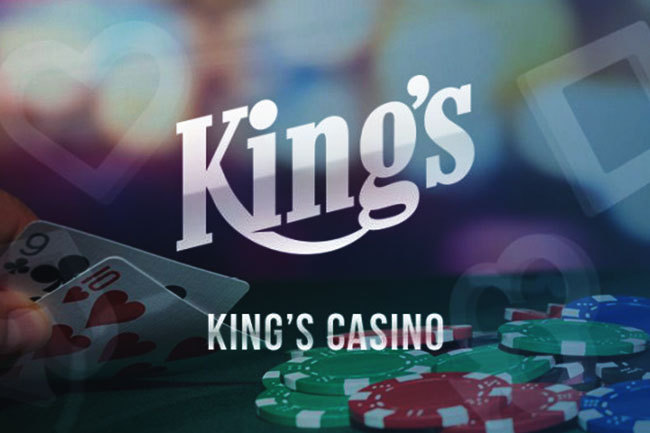Having a Twitter account and following and retweeting dissidents and activists.That same day, a federal jury in San Francisco convicted … This blog post was co-written with EFF Legal Intern Allie SchieleThere is no dispute that cell phones contain a lot of personal information. The Supreme Court recognized in 2014 in Riley v. California that a cell phone is “not just another technological convenience. You are responsible for your own actions–that’s why you should trust your instincts before the call of romantic love. However, this type of communication lacks the most important aspect which is the face-to-face expression of emotions. Always trust your instincts to conclude whether or not the person is honest and represents himself genuinely.
On the other hand, people who said online dating has had a mostly negative effect most commonly cite dishonesty and the idea that users misrepresent themselves. Age and education are also linked to differing attitudes about the topic. For example, 59% of Americans ages 65 and older say meeting someone this way is not safe, compared with 51% of those ages 50 to 64 and 39% among adults under the age of 50. These patterns are consistent regardless of each group’s own personal experience with using dating sites or apps. Online dating users are more likely to describe their overall experience with using dating sites or apps in positive, rather than negative, terms.
The boundary between online dating and the real world can very easily be blurred. Needless to say, our study has found that people that take part in online dating, are likely to share sensitive information with people they don’t know, or have only just met. They are also at heightened risk of experiencing an IT security-related problem such as having their data leaked or exposed in some way.
The number of friends, types of comment left by friends, and types of picture posted also provided useful details about potential dates. Participants who began dating people met on a social networking site also commented that the site could provide useful feedback on their relationship status, through their rank on their new partner’s “top friends” list. This chapter presents an overview of the different types of information people share on these sites and how to find those people.
Every day, CMB offers seven of its best matches for you, chosen by your answers to prompts, how you swiped on yesterday’s batch, and who has already expressed interest in you, too. This slow and steady approach is great for singles who are rusty, introverted, or who simply don’t feel like scrolling every free minute. Bumble’s whole setup, while being known most for its rule that women must start the conversation, is actually great for combatting this sort of serial swiper. For starters, matches only last 24 hours, so clogging up your queue unintentionally isn’t really a winning strategy for anyone. Since women have to be first to message for the match to stay active, the issue of men sending out a mass “hey” becomes basically moot. On a more basic level, you can also be sure that people matching with you have put in a baseline amount of effort into their profile — only users with actual photos of their face up can start swiping. Match continuously solidifies its spot as a well-rounded choice for all ages because it refuses to get lost in the antiquated, corny trope.
“An online dating profile is still a first impression, and a disclaimer seems closed off,” says Davis. “It’s better to try to attract the right type of person than to detract the wrong one.” How to do that?

















